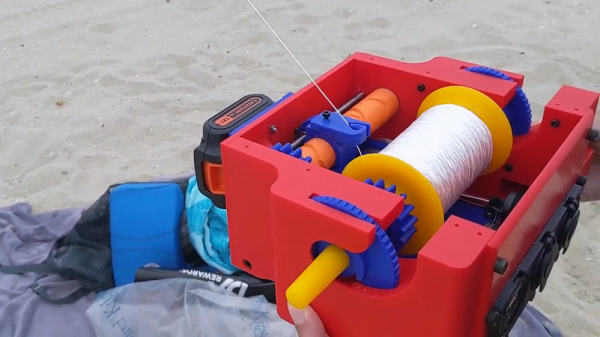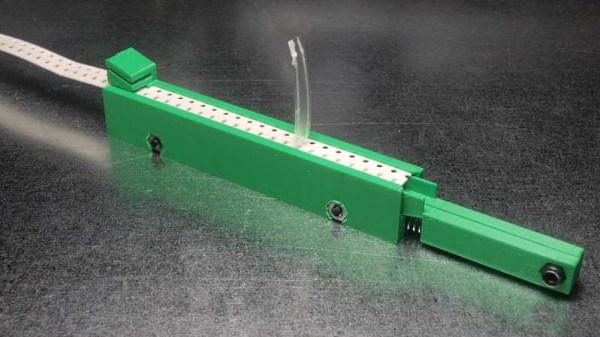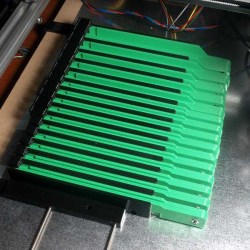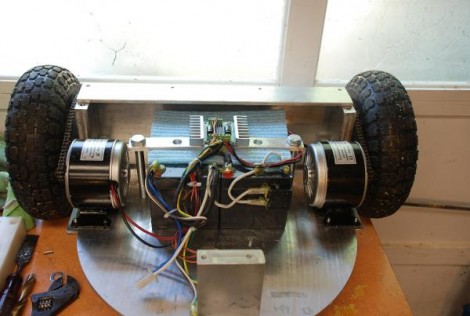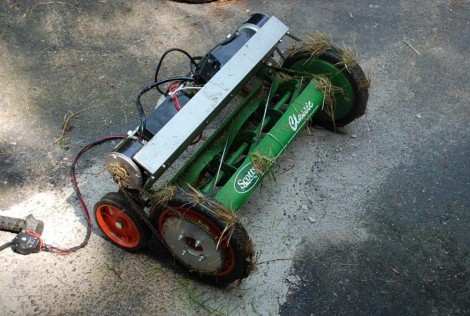Imagine a time before Discord servers and cheap long-distance calls. Back in the 1950s, a curious and crafty group of enthusiasts invented their own global social network: on reels of magnetic tape. They called it tapesponding (short for tape corresponding), and it was a booming hobby for thousands of radio hams, tinkerers, and audio geeks. Here’s the original video on this analog marvel.
These folks weren’t just swapping mixtapes. They crafted personal audio letters, beamed across the globe on 3-inch reels. DIY clubs emerged everywhere: World Tape Pals (Texas-based, naturally) clocked 5,000 members from “every Free Nation” – which frames it in a world in terms of East vs. West. Some groups even pooled funds to buy shared tape decks in poorer regions – pure hacker spirit. The tech behind it: Speeds of 3¾ IPS, half-track mono, round-robin reels, and rigorous trust networks to avoid ghosters. Honestly, it makes IRC net ops look soft. Tapesponding wasn’t just for chatty types. It fostered deep friendships, even marriages. It was social engineering before that term was coined. The video is below the break.
What are your thoughts on this nostalgic way of long-distance communication? The warm whirring of a spinning tape reel? The waiting time before your echo is returned? Or are have you skipped all the analog mechanics and shouted out into the LoRaWAN void long ago?


